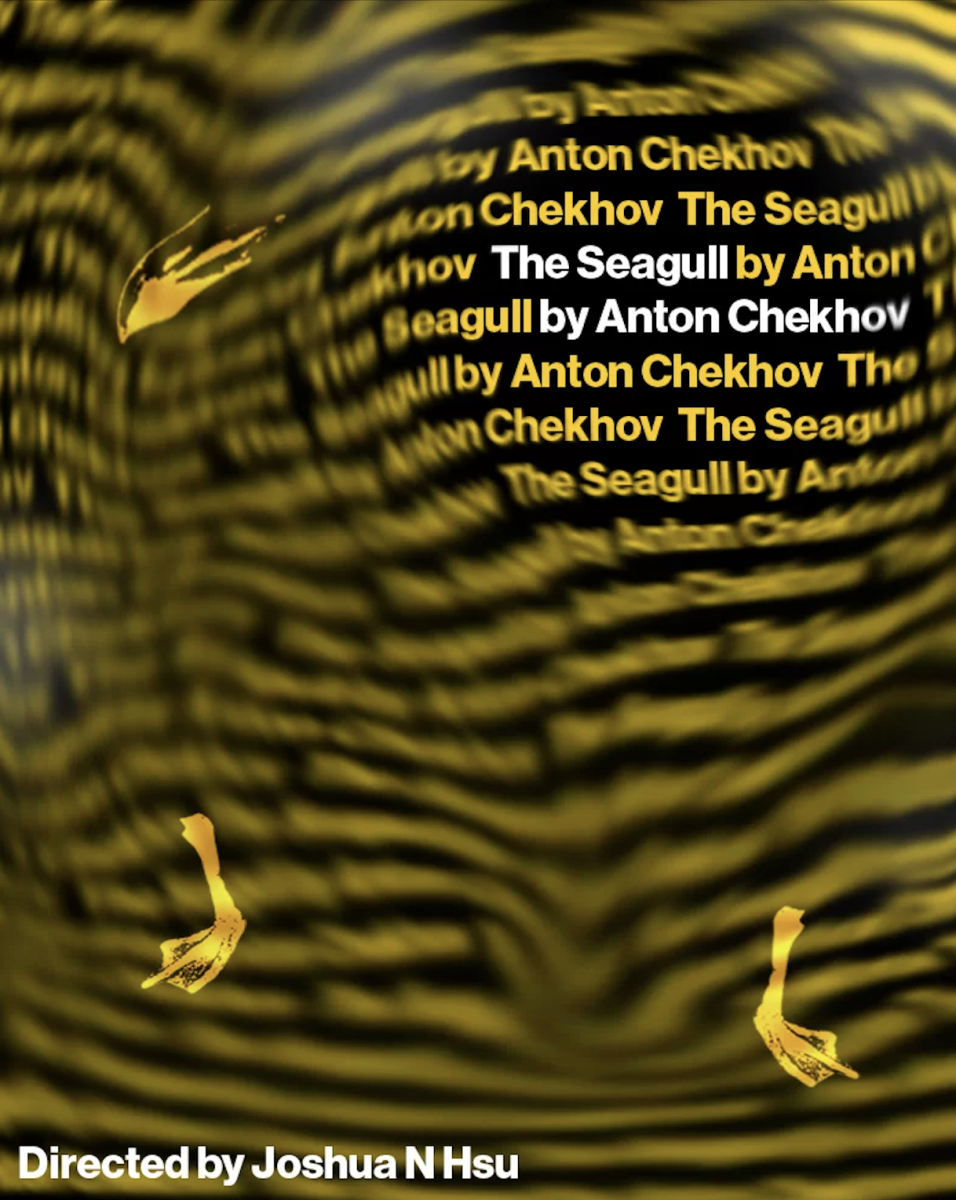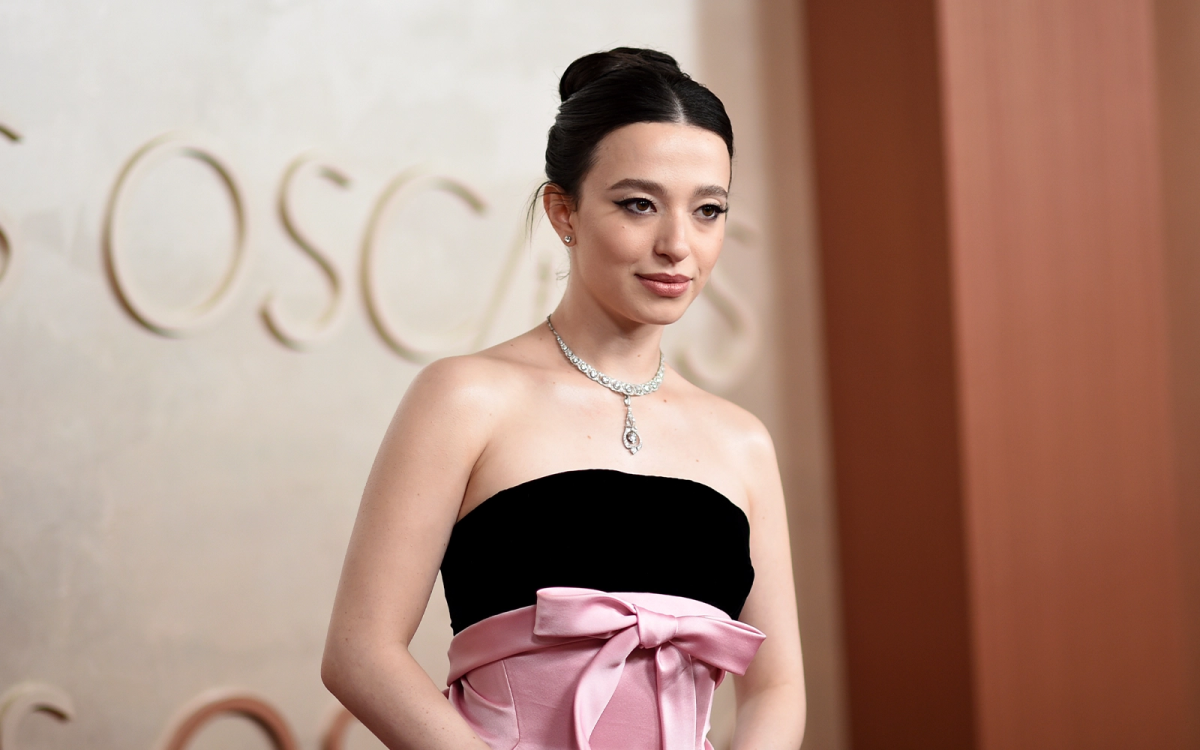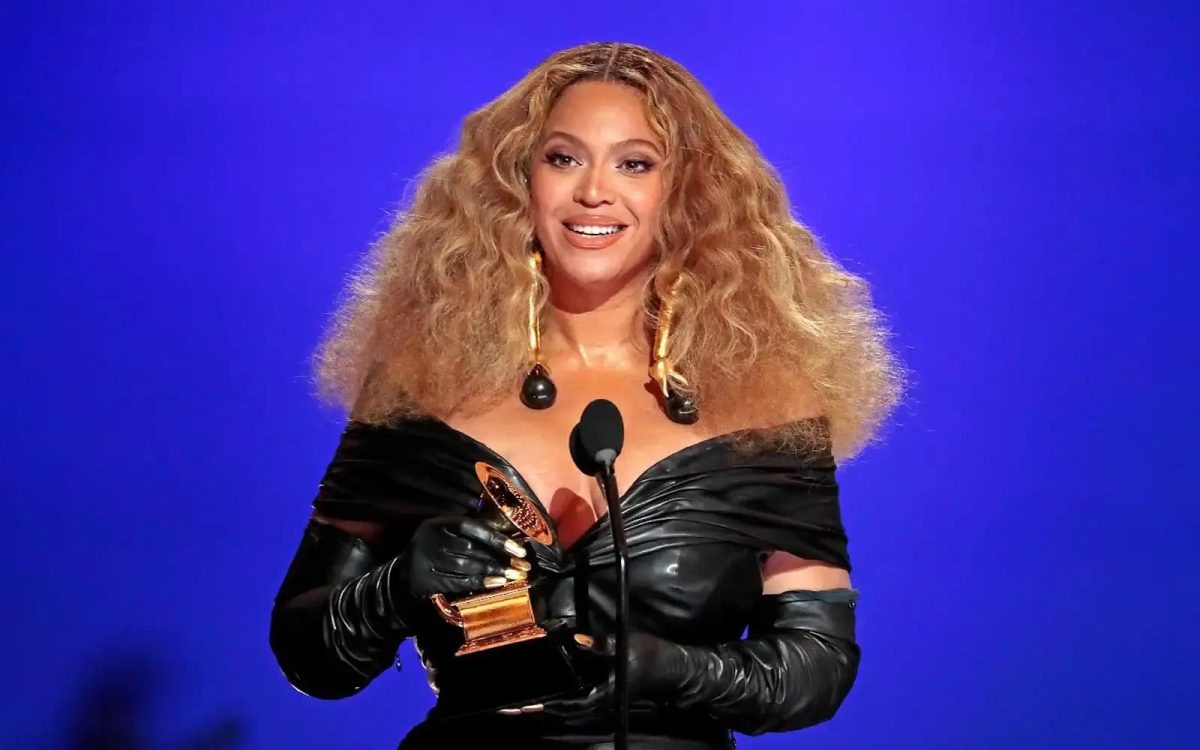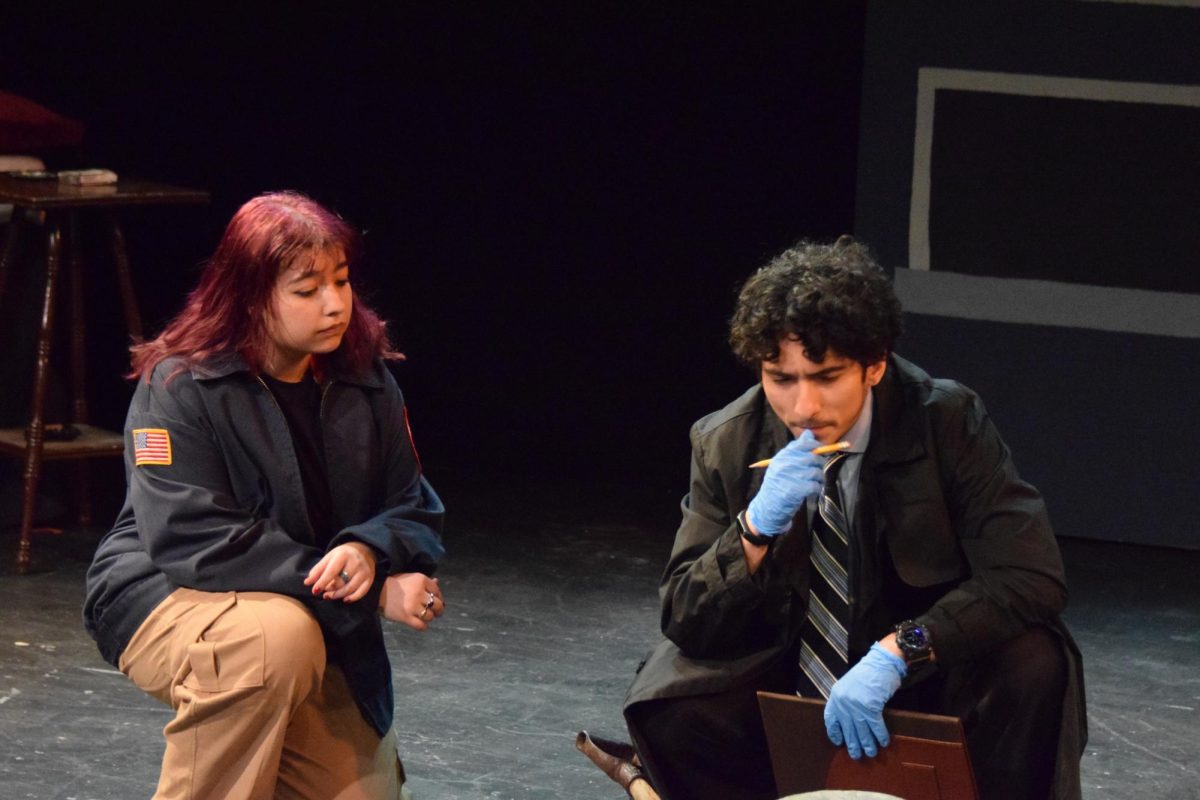Amirah Sackett, artist, activist, and dance educator who performed on Feb. 5 in Schaeffer Theatre at Bates, took her first ballet class at age 10. But before she ever registered for formal training, she’d been dancing for years. Sackett “grew up with hip hop” in Chicago, when the now deep-rooted dance form was still just “something you did with friends.”
Combining art with activism was a practice introduced to Sackett during her teen years in the 1990s. She “was into hip hop culture,” listened to “conscious” hip hop and rap songs that addressed societal issues of racism and the ever-changing and flawed political climate, and saw hip hop as social justice. As she got older, Sackett began to investigate choreographed hip hop, and later became well-versed in training, breaking, and popping, dance styles popular both then and now. However, it wasn’t until 2011 that Sackett began to “merge [her] identities as Muslim and American and a hip hop artist.”
Her frustrations grew as she heard endless negative framing of Muslim women in the American mainstream media. The artist became an activist when she reached a breaking point and knew it was time to use her chosen voice, dance, to stand up for Muslim women “in her own way.” Sackett was determined to “say something about who we are.”
“We’re Muslim, Don’t Panic” was an outcry from Sackett on the defensive for Muslim women and the hijab and her first official project related to their identities. She had been planning to choreograph the piece and then was further inspired by Iman and Khadija, two teen hip hop dancers from Minneapolis wearing hijab. Sackett, Iman, and Khadija performed the original piece together and started a new chapter in Sackett’s career. That initial profound choreography and the work she’s done since have protested and attempted to improve public perception of Muslim women and the hijab. Sackett believes the hijab is “an outward symbol of being Muslim” and one’s “dedication and love of Allah.” She sees the hijab as one part of a modest lifestyle and a “futuristic protection.” In an “image obsessed society,” Sackett feels the hijab forces the outside world to talk directly and exclusively to her face. “It’s a feminist perspective: you can’t objectify me or sexualize me.”
Sackett’s performance on campus included two solo pieces set to Rumi poetry and tracks by Chicago DJ’s. Her decision to center her performances around Rumi furthers her goal of bridging the gap between Muslim and American cultures. She takes Rumi, the poet, scholar, and philosopher who may not be known to be Muslim by many of his American admirers, “back to his roots” by pairing his words with her expression of her Muslim identity. Sackett’s precise and visceral choreography basked in the glow of Rumi’s universality during her Tuesday night performance. Sackett is proud to have seen the impact her work has had on those who have seen her perform or learned dance from her and explained that audience members and students alike can relate to the modesty culture expressed by her work. “People of other faiths are finding the through points across our religions… it’s a beautiful exchange.” Sackett’s visit to Lewiston was particularly special due to the surrounding area’s large Somali population, and she wanted to further bridge the gap between the Somali and Bates communities. “It’s important to see someone who is from America, who is Muslim, born in Chicago, talk about” the beauty of Islam on the Bates campus.
Looking back at the arc of her career, Sackett is empowered to have been “part of a bigger collective and movement of Muslim women taking their voice back.” She’s fostered the increased inclusion of Muslim women in the mainstream media and worked to break down stereotypes surrounding Muslim women as altogether oppressed. Undeniably, Sackett acknowledges there is work left to be done. Sackett looks forward to the day when “we, as American Muslims in particular, are just seen as part of the fabric of America, that our beauty is recognized as part of the diversity of this county, and that we make it great.”
What’s next? Sackett hopes to continue collaborating and choreographing. Once being Muslim is accepted as a mainstream identity, Sackett believes she will be able to create and connect with others through dance. “I love doing this work, but that’s the goal.”







